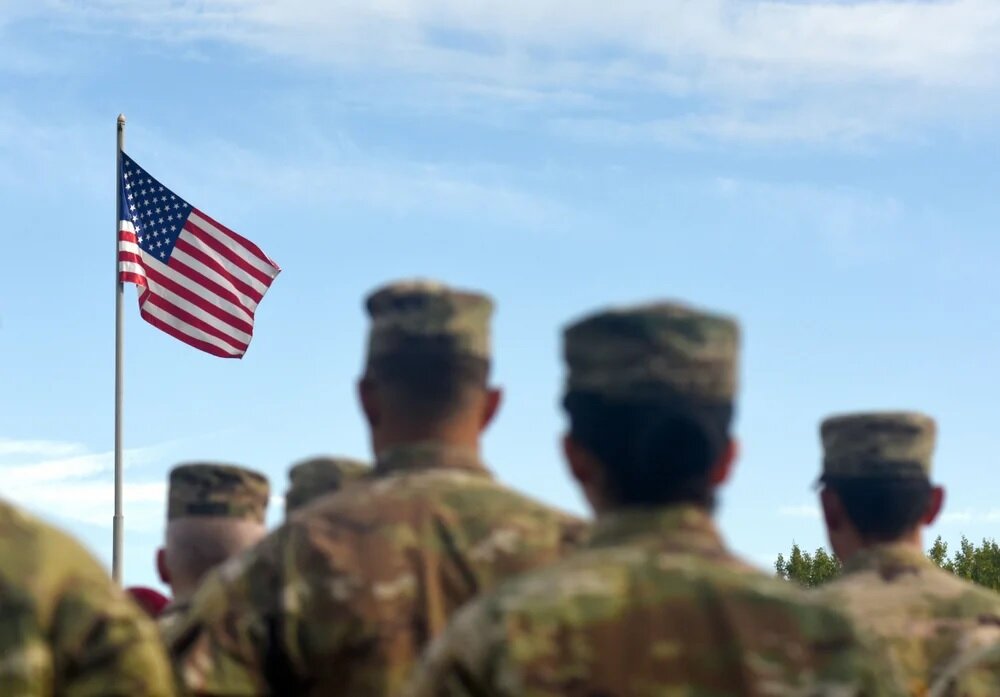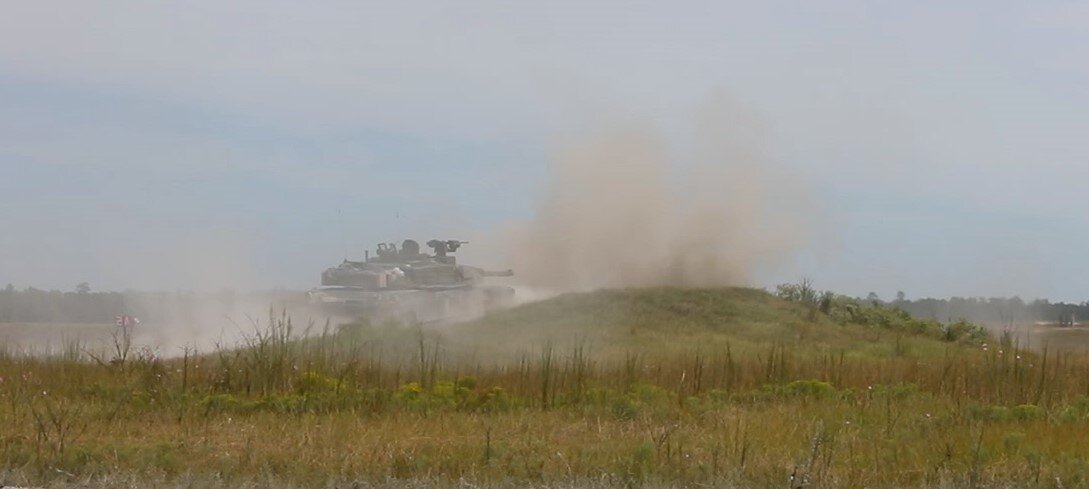Comment
DVD 2024: US Army discusses 2040 goals
The US Army has identified acute and pacing threats include near-peers such as Russia and China, according to GlobalData.

The US Army has been funding continuous development for 2040’s army. Credit: Bumble Dee / Shutterstock
The defence trade show Defence Vehicle Dynamics (DVD) held its annual event at the UTAC Millbrook proving grounds from 18-19 September 2024, with the event functioning as a land equipment showcase for British and allied ground forces.
Themed around a ‘More Modern, More Lethal and More Productive’ tenet, DVD 2024 saw a range of armoured vehicles on static display, including the Boxer and Ajax armored fighting vehicles, as well as experimental modifications of these platforms for specific geographies and threat environments.
Among the speakers was US Army Brig Gen Tony Denomy, who highlighted the US Army’s and wider American military’s need to be prepared for a variety of threats, classified into as acute and pacing, regional, and non-state extremist blocs.
Acute and pacing threats include near-peers such as Russia and China, which have significant military investment, a global reach of operations, and compete with the US in all threat environments. This is seen in the full-spectrum competition across the spectrum of air, land, and sea domains, in space and satellite capabilities, and nonconventional cyber and electronic warfare, which frequently sees major hacking incidents.
Regional threats include North Korea and Iran, whose more limited resources mean there is not full-spectrum competition, and whose challenges are largely contained to specific geographies. The final threat type, non-state actors/extremists, include Islamic State of Iraq and Syria (ISIS) and similar terrorist networks.
While these may present global challenges, as seen in the international branches of ISIS, these are also insurgent groups that lack the legitimacy and military power of state actors. A challenge for the US Army is to both prepare for and fully fund a military that can adapt to and succeed in each of these separate threat environments.
Preparing for the 2040 army
To this end, the US Army has been funding continuous development for the 2040 army, including improved soldier systems, armaments, networked defences, and doctrinal review. The goal of these reforms is to be ‘continuous and flexible’.
Denomy stressed that while the vision of a future army by 2040 should not be sacrificed, the road to achieving future capabilities can change significantly based on learned experience. Already, Ukraine war combat analysis has been incorporated to assumptions of survivability, the role of electronic warfare, and the importance of mobility and rapid dispersion.
A goal that Denomy highlighted with improving networking technology was the objective to “never trade blood for first contact”.

A modernised M1A2 SEPv3 Abrams tank on exercises in 2022. Credit: US DoD
The significance of this is, with improved uncrewed ground vehicles and uncrewed aerial vehicles, opposing units and defences can be detected and potentially triggered without placing human life at risk. Historically, uncrewed systems were prohibitively expensive and had questionable reliability.
This meant the few systems that did operate could only be used for general purpose surveillance, and rarely could engage in combat.
Equally important are command and control centres able to analyse this information, and immediately provide actionable intelligence in fast-moving combat situations. The possibilities of using AI to assist human analysts in sorting useful signal intelligence will be essential to sorting increased data loads.
Information from networked uncrewed systems in coordination with advanced command centres will ensure troops on the ground engage with as much information on opponent’s location, numbers, and armaments as possible. This ensures the greatest possible tactical advantage with the lowest potential for casualties.
Ultimately, the future of US, UK, and allied army fighting formations is a constantly evolving process that adapts as new technologies and environments emerge. The US Army’s need to prepare for three major threat types means it requires maximum flexibility in its fighting doctrine and troop armament.
Investment in uncrewed systems and data networks, although not a panacea, is widely applicable to all environments. This will fully utilise American technology abilities to act as a force multiplier.
From a speed range perspective, [V-280 Valor is] more than twice as fast and will have twice the range of a modern Blackhawk helicopter.
Frank Lazzara, director of Advanced Vertical Lift Systems Sales and Strategy at Bell Textron
Caption. Credit:

Phillip Day. Credit: Scotgold Resources
Total annual production
Australia could be one of the main beneficiaries of this dramatic increase in demand, where private companies and local governments alike are eager to expand the country’s nascent rare earths production. In 2021, Australia produced the fourth-most rare earths in the world. It’s total annual production of 19,958 tonnes remains significantly less than the mammoth 152,407 tonnes produced by China, but a dramatic improvement over the 1,995 tonnes produced domestically in 2011.
The dominance of China in the rare earths space has also encouraged other countries, notably the US, to look further afield for rare earth deposits to diversify their supply of the increasingly vital minerals. With the US eager to ringfence rare earth production within its allies as part of the Inflation Reduction Act, including potentially allowing the Department of Defense to invest in Australian rare earths, there could be an unexpected windfall for Australian rare earths producers.
